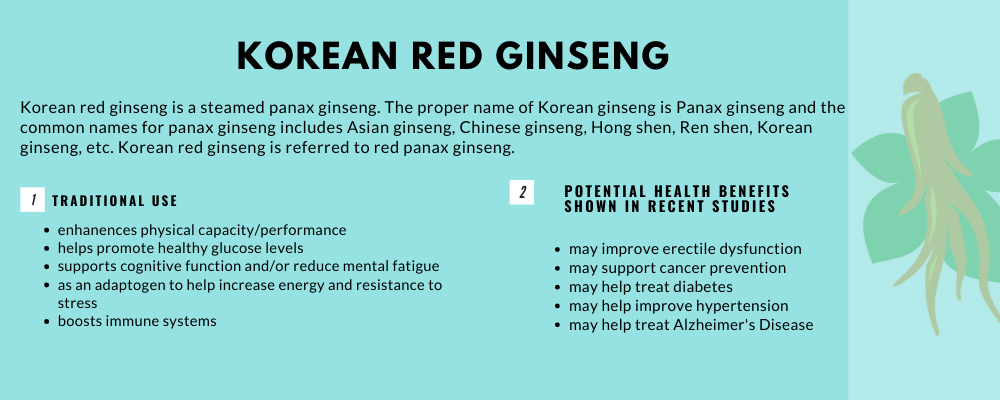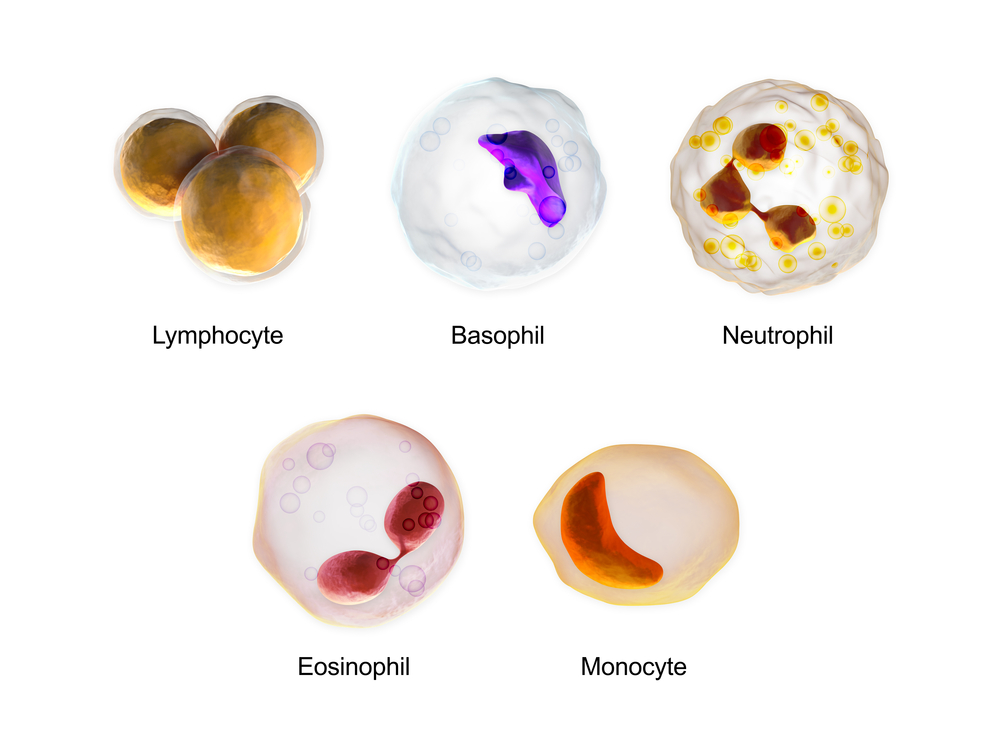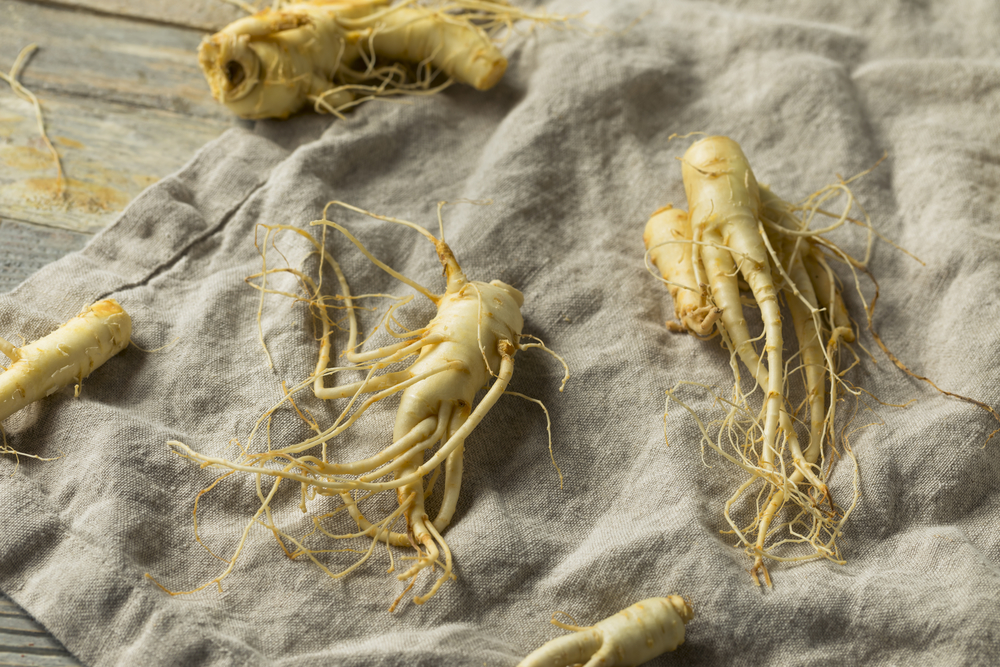Korean red ginseng: history, health benefits, dosage and preparations, possible side effects, cautions and warnings, and common questions
Korean red ginseng or Panax red ginseng is one of the best-selling products in herbal medicine. Korean red ginseng is literally not ginseng grown in Korea. The proper name of Korean ginseng is Panax ginseng, and panax ginseng is known as Asian ginseng, Chinese ginseng, Ren shen, Korean ginseng, Korean red ginseng, etc. Korean red ginseng is referred to as red Panax ginseng in a broad meaning.
In Far East Asia, Korean red ginseng (Panax ginseng Meyer, Araliaceae) has long been used as an essential herbal medicine. Ginseng root is commonly used as an adaptogen because it is said to have the ability to normalize body processes and strengthen mechanisms that have been weakened by stress. Adaptogens are said to shield the body from a wide range of environmental assaults and emotional factors. Furthermore, the major biological activities of Korean Red Ginseng are considered to involve immune-enhancing benefits, regeneration of vital energy as well as exhaustion relief, blood flow increase, antioxidant effects, and beneficial effects on memory enhancement and menopausal disorder.
At room temperature, fresh ginseng degrades quickly. As a result, fresh ginseng is processed into red ginseng via steaming and drying, or white ginseng via a simple drying process. Red ginseng, according to many studies, has increased ginsenoside content and thus higher biochemical effects.
History
Ginseng has been used in Chinese traditional medicine for centuries. It can be dated back to 196 AD, recorded as a medicinal herb in the ancient Chinese medicinal book Shen Nong Pharmacopoeia. Since ginseng is a precious traditional medicine, people tried to improve the preservation method and the steaming and sun-drying method was invented to extend the storage of ginseng. The ginseng processed through steaming and sun-drying was red-colored, so it was called red ginseng. People found that red ginseng had more potent medicinal effects.
Traditional use
 Ginseng has been used for decades in traditional Chinese medicine. Depending on how long it has been grown, this slow-growing, short plant with fleshy roots can be categorized as virgin, white, or red. Fresh ginseng is harvested before the age of four, while white ginseng is harvested between the ages of four and six, and red ginseng is harvested after the age of six or more. There are many varieties of this herb, but the most common are American ginseng (Panax quinquefolius) and Asian ginseng (Panax ginseng). The concentration of active compounds and the impact on the body of American and Asian ginseng differ.
Ginseng has been used for decades in traditional Chinese medicine. Depending on how long it has been grown, this slow-growing, short plant with fleshy roots can be categorized as virgin, white, or red. Fresh ginseng is harvested before the age of four, while white ginseng is harvested between the ages of four and six, and red ginseng is harvested after the age of six or more. There are many varieties of this herb, but the most common are American ginseng (Panax quinquefolius) and Asian ginseng (Panax ginseng). The concentration of active compounds and the impact on the body of American and Asian ginseng differ.
Here are some of the health effects of Korean red ginseng that have been widely used for
- enhancing physical capacity/performance (in cases of physical stress)
- promoting healthy glucose levels
- supporting cognitive function and/or reduce mental fatigue
- as an adaptogen to help increase energy and resistance to stress
- boosting immune systems
Potential health benefits shown in recent studies
Recent research has shown that Korean red ginseng has a variety of biochemical and pharmacological activity.
Some clinical studies indicated that Korean red ginseng could be effective in the treatment of erectile dysfunction in men and improve sexual functioning in women.
Ginseng could potentially prevent cancer. The mainly pharmacologically active ingredients of ginseng, called ginsenosides, have been shown to inhibit cancer tumor proliferation. Korean red ginseng has been found to bring many benefits for cancer patients, including fatigue improvement and immunity enhancement.
Other studies indicated that Korean red ginseng shows anti-diabetic and anti-hypertensive activities.
Dosage and preparations
Korean red ginseng is usually powdered from dried roots and taken orally as a substitute. While a tincture (a liquid preparation made with alcohol), fluid extract, decoction, and tea form are present, most clinical research studies use ginseng in powdered/supplement form.
Ginseng extract contains increased ginsenoside content. For example, G115 is a standardized ginseng extract with 4% ginsenoside content and commonly used in clinical studies.
The recommended usage for non-standardized extract is 0.5- 9 grams dried root/rootlets per day. The standardized extract usually contains 4 – 7% total ginsenosides and shall be reduced to 200 – 600 milligrams of extract per day.
According to American Family Physicians, “the majority of published scientific trials have used a standardized Panax ginseng extract in a dose of 200 mg per day.”
Possible side effects
Korean red ginseng is likely safe to safe and there are no known serious side effects. The most frequent adverse effect is difficulty sleeping (insomnia). Some possible side effects include:
- menstrual complications
- elevated pulse rate
- high or low blood pressure
- headache
- diarrhea
- itching
- acne
- mood swings
Cautions and warnings
If you are pregnant, breastfeeding or have diabetes, you shall consult health professionals before using Korean red ginseng. If you are taking medications like antidepressant medication, blood thinners or digoxin, you shall also consult your doctor because ginseng has similar effects to these medications and dosages shall be adjusted.
You shall obey the prescribing healthcare provider’s guidelines on any diet, drink (such as alcoholic products or caffeinated beverages), or exercise limits, as well as any prescription contraindications.
Medications (such as oral hypoglycemics and insulin) and other blood sugar-lowering herbs or supplements should not be used with Korean ginseng. Consult a qualified naturopathic practitioner before mixing Korean ginseng with other herbal remedies to avoid interactions.
You shall avoid taking Korean ginseng while consuming alcoholic drinks and caffeinated drinks
Common questions about Korean red ginseng
1. American ginseng vs. Korean red ginseng, which is better?
People could not distinguish between American ginseng and Korean red ginseng, the two are mostly known by people. In fact, they can’t be equally compared since they belong to different angles of classification.
American ginseng and Panax ginseng belong to the genus Panax. American ginseng is native to eastern North American while Panax ginseng is native to the mountains of East Asia. Nowadays, both can be cultivated in different regions.
Red ginseng is processed ginseng steamed at a high temperature and then dried or sun-dried. The red ginseng after heating processing increases rare ginsenoside content, including rare ginsenosides Rg3 and Rg5.
Korean red ginseng cannot be compared directly with American ginseng. It is ginsenoside content that matters. Korean red ginseng that holds higher amounts of ginsenosides, is sure to be stronger than American white ginseng. However, American ginseng extract that is processed with the heating method also contains favorable ginsenoside amounts.
2. Ginsenosides components of Korean red ginseng
Panax ginseng contains naturally occurring ginsenosides like Rg1, Re, Rb1, Rc, Rb2, Rd in the root. Panax ginseng is steamed and processed to produce rare ginsenosides, in which the naturally occurring ginsenosides are converted into rare ginsenosides. The steamed Panax ginseng, or called red ginseng, contains rare ginsenosides Rg3, Rh1, Rg5, F4, etc. These rare ginsenosides are more bioactive and stronger and have greater health benefits than naturally occurring ginsenosides.
3. Does Korean red ginseng contain caffeine?
Because ginseng is known as an energy booster, some people will question whether ginseng contains caffeine. All ginseng species don’t contain caffeine, and the active ingredients of ginseng are ginsenosides that can be used in Herbal Medicine as an adaptogen to help increase energy and resistance to stress and enhance physical capacity/performance. In addition to energy-boosting, ginsenosides show antioxidant, anti-inflammatory, anti-cancer, anti-bacterial activities, which lead to a variety of health benefits of ginseng.
In conclusion
Ginseng has been used to promote health for centuries in Traditional Chinese medicine. As one of the best-known adaptogens, it could help increase energy resistance to stress in case of mental and physical fatigue related to stress. More health benefits of ginseng have been indicated by recent studies and the need for deep research.
Korean red ginseng is a steamed Panax ginseng containing rich ginsenoside Rg3. Ginsenosides are responsible for a variety of health benefits of ginseng, and Rg3 rich Korean red ginseng or red Panax ginseng is commonly high quality due to the presence of rich ginsenoside Rg3.


